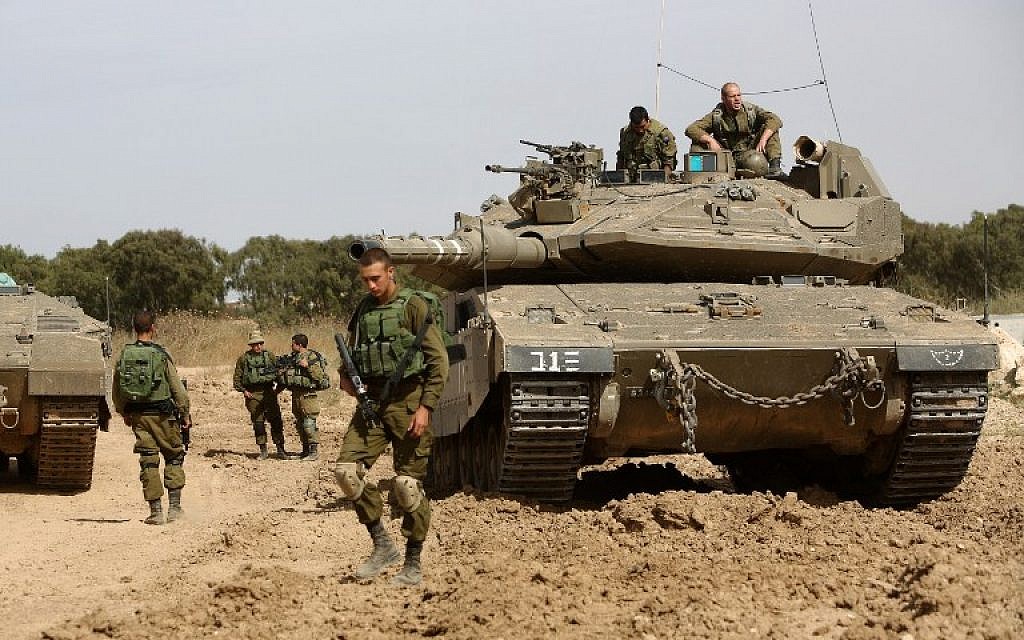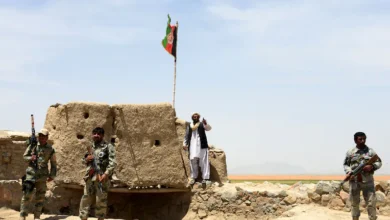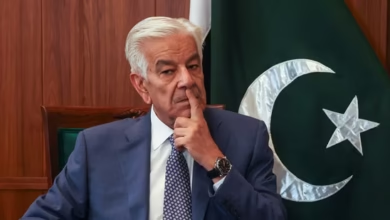Israel Resumes Combat As Truce Expires: Accuses Hamas Of Violation

- The Israeli Defense Ministry and the Palestinian Red Crescent Society both said that more fuel and 56 trucks full of humanitarian aid came into Gaza on Thursday.
- Before the ceasefire started a week ago, Israel was getting ready to move its operations to the southern part of Gaza after a seven-week attack in the north.
Israel’s military said on Friday that it had started fighting Hamas again in Gaza after saying that the Palestinian militant group had broken a seven-day ceasefire by firing at Israeli territory.
It was possible to exchange dozens of hostages held in Gaza for hundreds of Palestinian prisoners during the seven-day pause, which started on November 24 and was extended twice. It also made it easier for humanitarian aid to get into the devastated coastal strip.
Exactly one hour before the ceasefire ended at 7 a.m. (0500 GMT), Israel said it blocked a rocket fired from Gaza.
In Israeli areas close to Gaza, more sirens went off to warn of rockets just minutes before the deadline, according to the Israeli military.
After the truce ended, Palestinian media said that Israel had attacked across the enclave with airstrikes and artillery.
Right away, Hamas didn’t say anything or claim responsibility for the launches.
After the latest exchange of eight hostages and 30 Palestinian prisoners on Thursday, Egypt and Qatar have been working hard to keep the peace.
Israel had said before that it would stop its ground assault and bombardment if 10 hostages were freed every day.
“Everything is possible for us…. Before the ceasefire ended, Mark Regev, an advisor to Israeli Prime Minister Benjamin Netanyahu. “Without that, we’re going back to fighting.”
In response to the Oct. 7 attack by the militant group Hamas, Israel has sworn to destroy it. Israel says that gunmen killed 1,200 people and took 240 hostages.
As a response, Israel bombarded heavily and invaded the ground. The United Nations trusts the Palestinian health authorities to say that more than 15,000 people have been killed in Gaza.
HOSTAGES HEAD HOME
105 hostages and 240 Palestinian prisoners were freed during the truce, including those freed on Thursday.
There were six women released between the ages of 21 and 40. One was a Mexican-Israeli dual citizen, and Mia Schem, 21, is a French-Israeli dual citizen.
Schem was captured by Hamas at a music festival in southern Israel on October 7. The Israeli prime minister’s office released photos of her with her mother and brother after they were reunited at Hatzerim military base in Israel.
The other two hostages who were freed were a brother and sister named Belal and Aisha al-Ziadna. They were 18 and 17 years old, respectively, according to the office of the Israeli prime minister. Four members of their family were taken hostage while they were milking cows on a farm. They are Bedouin Arabs who live in Israel.
One of Qatar’s main negotiators, career diplomat Abdullah Al Sulaiti, helped make the peace happen through marathon shuttle talks. In a recent interview with Reuters, he talked about how unlikely it was that the guns would stay silent.
He said, “At first I thought reaching an agreement would be the hardest step,” in an article that told for the first time about the work that was going on behind the scenes. “I’ve discovered that sustaining the agreement itself is equally challenging.”
ISRAEL AGREES TO PROTECT CIVILIANS, BLINKEN SAYS
Some humanitarian aid got into Gaza during the truce after the Israeli attack turned much of the coastal area, which is home to 2.3 million people, into a wasteland.
The Israeli Defense Ministry and the Palestinian Red Crescent Society both said that more fuel and 56 trucks full of humanitarian aid came into Gaza on Thursday.
But aid workers say that deliveries of food, water, medicine, and fuel are still far below what is needed.
According to delegates, at an emergency meeting in Amman on Thursday, King Abdullah of Jordan asked U.N. officials and international groups to put pressure on Israel to let more aid into the troubled area.
Before the ceasefire started a week ago, Israel was getting ready to move its operations to the southern part of Gaza after a seven-week attack in the north.
U.S. Secretary of State Antony Blinken told Netanyahu that Israel cannot cause as many civilian deaths and forced people to leave their homes in south Gaza as it did in the north. Blinken was in Israel on his third trip to the Middle East since the war started.
“We discussed the details of Israel’s ongoing planning and I underscored the imperative for the United States that the massive loss of civilian life and displacement of the scale that we saw in northern Gaza not be repeated in the south,” Blinken told reporters in the Israeli city.
“And the Israeli Government agreed with that approach,” he told us. He said that this would include clear safe zones and concrete steps to keep important infrastructure like hospitals and water facilities from getting damaged.







Facebook Comments